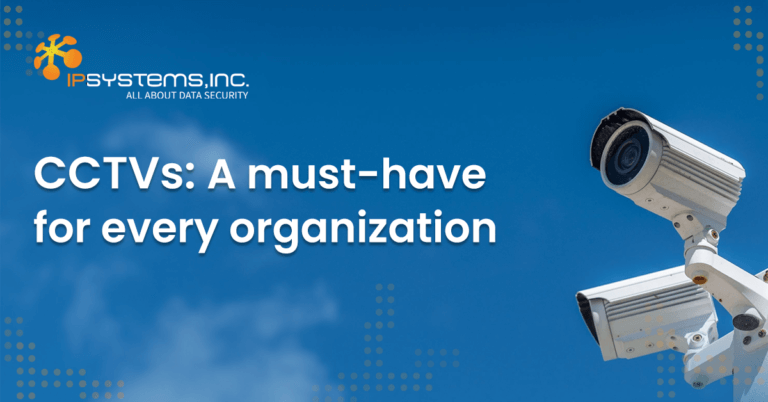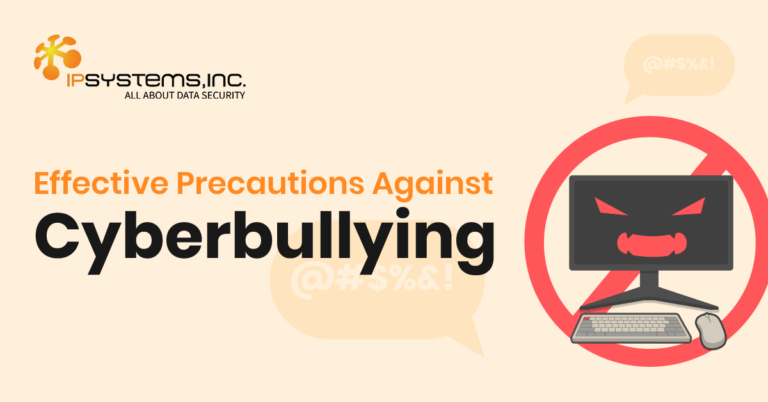
Innovating your Business with Green Data Centers
Blog: Innovating your Business with Green Data Centers Data centers are centralized facilities equipped with essential hardware like servers, storage devices, and networking equipment.

COVID-19 has altered our lives in many ways. Some are obvious, others less so. For instance, there appears to be an increase in general worker productivity. Yet, gains like these are offset by other equally significant negatives.
Apart from a massive impact on key variables such as work-life balance, organizations need to brace for expected cybersecurity challenges. Criminal activity has evolved since the coronavirus hit our planet. Dark minds are relentlessly exploiting our collective fear of the virus and since we now mostly work from home, it seems we have gifted them another avenue to novel forms of data theft.
While the shift to work from home has been inevitable, the dire data security challenges cannot be overlooked. Companies are increasingly worried about the real risk of data loss.
The work from home revolution is engineering a wave of new security challenges for organizations. Traditional security systems prove to be incapable of handling the privacy concerns of insider threat and accidental data loss. Many employees are less likely to observe safe data practices since there is less oversight than in a physical office.
Insider threats are multiplying because of our new isolated work culture. It is also more challenging to implement data loss prevention best practices. Employees are actually considering their information to be less secure, and they have the valid excuse of “not being watched” as enough reason to ignore safe data practices and give in to distractions.
It is clear that there is a bigger target for cybercriminals, as the WFH culture becomes more mainstream.
According to ITSecurity Wire, 91% of IT leaders trust employees to maintain proper security practices while working from home. However, 84% also say that the challenge of data loss prevention multiplies when people work from diverse regions.
Another crucial point is that many employees believe that security policies are a significant barrier to productivity. If security policies prevent a worker from doing their job efficiently, it is easy to see how they can rationalize working around network security to be able to do their work.
While organizations can implement security solutions for staff working remotely, it is important for employees to become responsible in order to lower the risk of data loss. Employers can provide specific directions and remote access monitoring to help workers handle essential aspects of cybersecurity.
That said, here are a few simple steps in addition to company-provided network security solutions, that workers can take to protect themselves.
COVID-19 presents a significant challenge for organizations to navigate to remain in business. However, robust employee monitoring solutions alone might not be enough. Data loss prevention involves a holistic approach that involves everyone across the company, wherever they may be working from.
Cybercriminals today use incredible sophisticated and convincing methods to fool those who are not aware of their schemes and attack vulnerable systems. But by staying educated and up to date about the latest cyber attack trends, you can keep your employees and business safe.



Blog: Innovating your Business with Green Data Centers Data centers are centralized facilities equipped with essential hardware like servers, storage devices, and networking equipment.

Blog: CCTVs: A must-have for every organization Nearly every business and organization, regardless of size, has already implemented CCTV Services within their premises because

Blog: Combating Bullying in Digital Classrooms: Empowering Students for a Safer Learning Environment Bullying is a pervasive issue that inflicts emotional, psychological, and physical